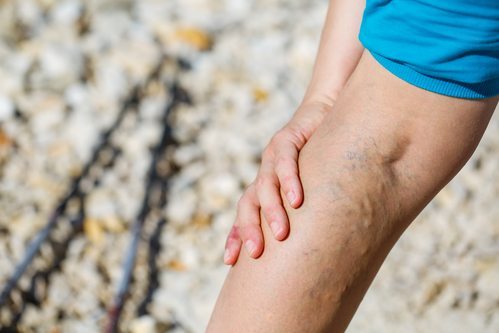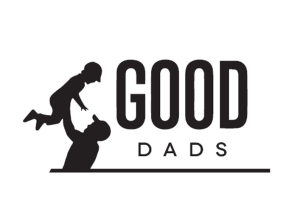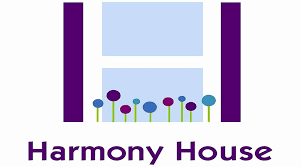Varicose veins develop when the valves that pump blood toward the heart become missing or damaged, making blood pool in the veins. Most often occurring in the legs, the condition is typically painful and indicated with red or bluish-purple veins that are raised and swollen. Varicose veins appear in over 50% of Americans aged 50 and older, and they are particularly common in women. Whether to reduce the pain or improve the appearance of their veins, many individuals consider laser treatment for varicose veins because it’s less invasive and painful than ligation and stripping.
Laser Treatment for Varicose Veins
Laser Therapy and Endovenous Laser Ablation
There are two types of laser therapy for varicose veins. Simple laser therapy is typically performed on tiny varicose veins and small spider veins. Due to this, it may be a secondary treatment that follows endovenous laser ablation, sclerotherapy, or vein surgery. Laser therapy doesn’t involve any cutting into the leg or injections. Your health care provider will perform the procedure on the outside of the skin, applying the light energy from the laser to the varicose veins, usually once every 6 to 12 weeks as needed. The laser works by collapsing and shrinking the size of the vessel.
Endovenous laser ablation (EBLA) treats large varicose veins by applying intense heat to the inside of the vessel from a laser. Another form of endovenous ablation uses radiofrequency energy to create heat. The procedure involves puncturing the affected vein to insert a thin tube called a catheter through it and toward the groin area. Then, a laser fiber or radiofrequency device is passed through the catheter to close off and destroy the vein with heat. During the treatment, your doctor will watch the vein on an ultrasound screen. Over time, the vein will collapse and shrink. Endovenous laser ablation works 94% of the time. If it doesn’t produce the desired effects, you will need a second treatment.
After Laser Treatment
A laser technician can perform varicose vein therapy in an office or clinic. After the procedure, you will be allowed to go home right away. You should limit activity for three to five days for optimal results. However, you may need to wear compression stockings for one week or longer.
Side Effects of Laser Treatment
The downside to laser treatment for varicose veins? The potential side effects. You may experience the following ramifications as a result of your treatment:
- Burns on your skin
- Changes in skin color
- Blood clotting
- Nerve damage that causes sensations of burning, prickling, or pain after recovery
Although nerve damage and clotting may occur, these are rare side effects of laser treatment compared to vein stripping surgery. To reduce these risks, choose a reputable laser clinic and an experienced technician.
When It Is Necessary to See a Doctor
If you don’t seek treatment for varicose veins, they will likely worsen over time. They may even get worse when you make lifestyle changes to control the condition and manage the pain. Aside from this pain and the fact that most people find varicose veins unsightly, they don’t usually cause long-term medical issues. However, varicose veins can sometimes lead to sores or ulcers, chronic inflammation, or blood clots. In severe cases, the veins may rupture. Visit your doctor if you experience any of these symptoms.
Finally, if you’re interested in receiving a laser treatment for varicose veins and you live in Springfield, Missouri, contact DermaHealth. Using lasers, we can reduce veins found on the face, legs and other areas of the body without needles, or incisions. Plus, no downtime is required! To learn more, please give us a call at 417-447-7777 or click here to schedule a free consultation. We look forward to hearing from you!







